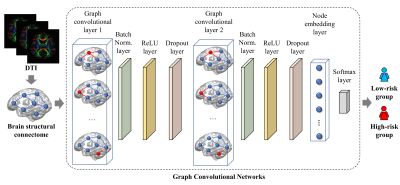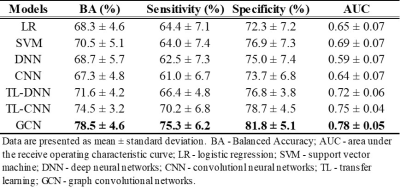Hailong Li1, Ming Chen1,2, Jinghua Wang3, Nehal A. Parikh4,5, and Lili He1,5
1Imaging Research Center, Department of Radiology, Cincinnati Children's Hospital Medical Center, Cincinnati, OH, United States, 2Department of Electrical Engineering and Computer Science, University of Cincinnati, Cincinnati, OH, United States, 3Deep MRI Imaging Inc., Lewes, DE, United States, 4The Perinatal Institute and Section of Neonatology, Perinatal and Pulmonary Biology, Cincinnati Children's Hospital Medical Center, Cincinnati, OH, United States, 5Department of Pediatrics, University of Cincinnati College of Medicine, Cincinnati, OH, United States
1Imaging Research Center, Department of Radiology, Cincinnati Children's Hospital Medical Center, Cincinnati, OH, United States, 2Department of Electrical Engineering and Computer Science, University of Cincinnati, Cincinnati, OH, United States, 3Deep MRI Imaging Inc., Lewes, DE, United States, 4The Perinatal Institute and Section of Neonatology, Perinatal and Pulmonary Biology, Cincinnati Children's Hospital Medical Center, Cincinnati, OH, United States, 5Department of Pediatrics, University of Cincinnati College of Medicine, Cincinnati, OH, United States
Using brain structural connectome obtained at
term-equivalent age, a graph convolutional network model is able to identify preterm
infants at high-risk of cognitive deficit at 2 years corrected age with a
balanced accuracy of 78.5% and an AUC of 0.78.

Figure 1.
Schematic diagram of the proposed graph convolutional networks model to predict
cognitive deficits at 2 years corrected age using brain structural connectome
data obtained at term in very preterm infants. GCN takes the brain structural
connectome of a very preterm infant as the input, and then outputs a label to
indicate the low-risk vs high-risk groups of the given subject.
